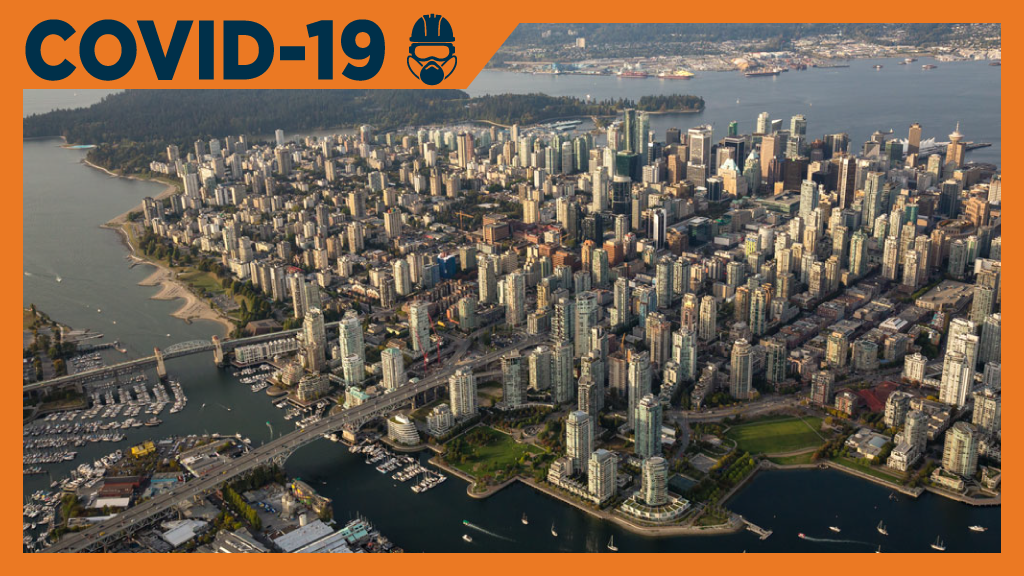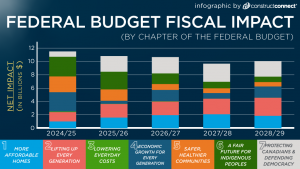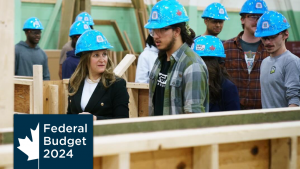While the COVID-19 pandemic has upended both daily life and long-term plans, the City of Vancouver is finding the silver lining in the “new normal.”
Work began on a comprehensive city-wide plan in late 2018 and City of Vancouver deputy director of planning, long-range and strategic planning Susan Haid said the emergence of the COVID-19 pandemic meant that plan had to change in order to address new circumstances.
“We launched development of the new Vancouver Plan this fall, and with COVID-19 we’ve pivoted to respond to the pandemic and to work across the organization for community recovery actions. Those short-term actions are catalysts towards long-term policies,” Haid said.
On the city’s vancouverplan.ca/recovery page, it states “while the Vancouver Plan will remain long-term in scope, it will be expanded to include a focus on short-term pandemic recovery actions that can be implemented over the next one to two years. These actions will be informed by early listening feedback, the experience and feedback received by City of Vancouver staff, and our public engagement moving forward.”
“We’re all aware that COVID-19 has revealed the cracks in the system, whether its governance, planning, or city building and it has exacerbated those cracks so they are revealed and gaping,” she added.
But the pandemic is also an opportunity for communities to come together and the greatest opportunity for change lies in low density neighbourhoods, Haid said.
It’s really about how we build a city going forward that’s really diverse and flexible,
— Susan Haid
City of Vancouver
“A very significant area of the city is dedicated and zoned for low density neighbourhoods. As part of the Vancouver Plan, we’re working on engagement policy and strategies for more complete neighbourhoods,” Haid said.
“We need more commercial streets, corner stores, more affordable housing and missing middle housing. We need to ensure those work and play opportunities are walkable. If you have to get in your car, you’ve gone too far.”
While the city is focusing on improvement of lower-density housing areas, high density areas will also continue to be an important factor in future planning, she added.
“Vancouverism has been podium towers and was previously brownfields and transit-oriented locations. We’ll continue to advance and enhance that work and go forward with opportunities for healthy safe socializing in high density buildings,” Haid said.
While many articles have speculated on the end of high-density planning, she said, “at the end of the day it will be all of the above. We need all the spaces and a real continuum.”
Haid also pointed at ad-hoc uses that emerged in response to the pandemic as potential paths forward.
“Adaptations are happening right now in terms of the public realm. We really notice things like sidewalk width or streetscapes and if there are trees, benches or rain covering you really appreciate that now,” she said.
“Seeing how parks have been used during the pandemic was a real learning experience. Sports fields became neighbourhood gathering areas, which highlighted the importance of small-scale green spaces.”
Realigning neighbourhoods can also include reallocation of road space, Haid added.
“We’re working really closely with engineering on temporary and permanent public road enhancements. There could also be more housing opportunities in terms of road right of ways,” she said.
The increased importance of patios to encourage social distancing was also an example of the municipal government moving quickly to adapt, Haid added.
“It was a real quick start in pulling together new bylaws in a couple of weeks or less,” she said.
The city will undoubtedly have to respond to future crises whether they are new pandemics, climate change or natural disasters, Haid said, “so we want to frame our thinking on policy development to develop resilient policies in the long term.”
“It’s really about how we build a city going forward that’s really diverse and flexible. Not just one type of density, but resiliency in all types and forms. People will always want to connect with other people and may do so differently going forward, but we need to ensure we have those spaces,” Haid said.











Recent Comments
comments for this post are closed